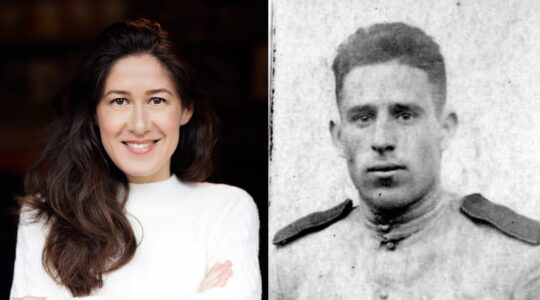They eat rice on Passover, read from an upright Torah and decamp in the summer not to the Catskills but to the Jersey Shore town of Deal. The vast majority of Jews in the world (75-80 percent, according to studies) trace their lineage back to Eastern Europe and the Ashkenazic tradition, but the often-overlooked Sephardic tradition is rich, colorful and lyrical.
In the same way that Ashkenazi Jewry absorbed or adapted characteristics of the dominant cultures in the countries where they settled, each of the Sephardic ethnic groups below have traditions or norms that reflect where they lived. Today, most of these groups have communities in Israel and the United States, though some also still have strong presences in their places of origin. In New York, two major Sephardic groups are Persian Americans, whose home base is Great Neck, L.I., and Syrian Americans, who live largely in Brooklyn though increasing numbers of them are moving to Manhattan.
Traditional Sephardic Jews are the descendants of those who were exiled during the Spanish Inquisition in the late 15th century, and they ended up dispersed to North Africa, the Arab world and even parts of Europe. Their traditional language is Ladino, a combination of Spanish and Hebrew, much in the same way that Yiddish, the traditional language of the Ashkenazim, is a combination of German and Hebrew. And like Yiddish, Ladino is in decline. Religiously, the Sephardic interpretation of Jewish law is very similar to that of Ashkenazim, though there are aesthetic differences in the synagogue services of the two groups. There are small religious differences, too, most famously over the notion of what counts as chametz on Passover.
Many Mizrahi Jews are not descended from Spanish Sephardim, as they have been in the Middle East and North Africa since the Babylonian exile. Persian Jews hail from Iran; there are still about 10,000 there today, unlike Iraqi, Yemeni and Syrian Jews, which have completely dispersed. The Moroccan community is also a fraction of its former self, but still exists in its original country.
Bukharan Jews are from such Central Asian countries as Uzbekistan and Tajikistan. Like many Arab Jews, most Bukharans lived under Muslim rule, but at other times in history they lived under Russian rule; most of those Bukharan Jews living in Europe in the 20th century wound up in the hands of the Soviets. All these factors combine to form a unique Bukharan culture.
In the wide Sephardic world there are also Mountain Jews, who can be traced back to Persian origins, but in about the fifth century C.E. settled in the Caucasus. There are also Indian Jews who have mostly left India, but have had a unique culture for centuries. And there are Ethiopian Jews, prominent in recent decades for their mass immigration to Israel.
The New York Jewish Week brings you the stories behind the headlines, keeping you connected to Jewish life in New York. Help sustain the reporting you trust by donating today.




